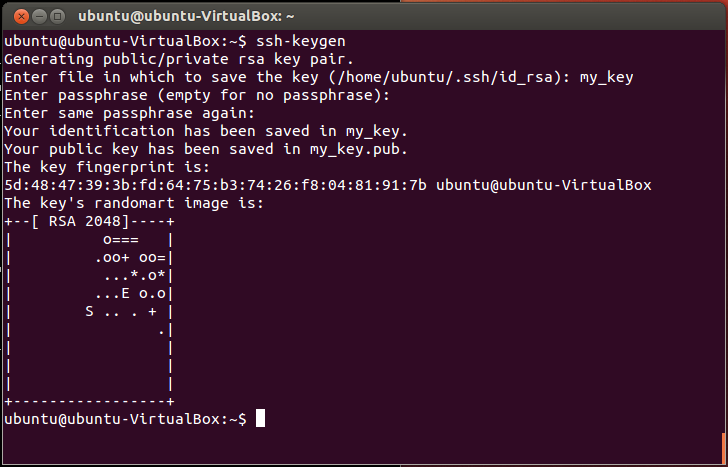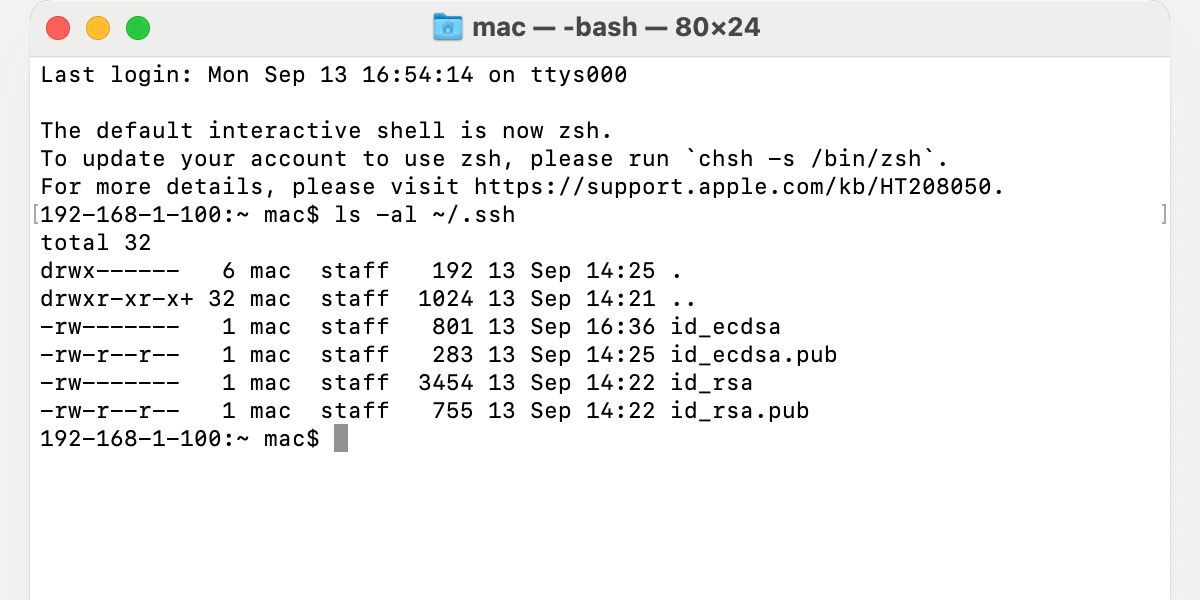

- #Generate a new key pair with ssh keygen 2048 key length and sha256 algorithm mac full
- #Generate a new key pair with ssh keygen 2048 key length and sha256 algorithm mac series
- #Generate a new key pair with ssh keygen 2048 key length and sha256 algorithm mac windows
Enter the full name of the public key file (as displayed in output earlier), including the path and the. If your browser does not display hidden directories (ones that begin with a period), then you will have to type in or cut and paste the name of the public key file into the dialog box. ssh directory (or the directory in which your public key file is stored). Click the Browse button, and in the dialog box, navigate to your.In order to view the form, you will be prompted for your Kerberos user name and password. Copy the key fingerprint value from the output above.The second file is the public key, with.The first file is the private key, with the default name (or the name you entered above).

SHA256:PFCKP1tBWnyxxXX+GM4g+ldsJ9/upHPNzloiQLX467c where the actual fingerprint for your key will be displayed (not the one shown in the example above), and where the terms in brackets ( ) are replaced by the values appropriate for your machine. Your public key has been saved in /home//.ssh/id_rsa.pub. Your identification has been saved in /home//.ssh/id_rsa. The key pair will be generated, and you will see output similar to the following: Retype your pass phrase, and then press Return.

To accept the default file name and location ~/.ssh/id_rsa, press Return.This command will generate an RSA key of the default length (2048 bits). You will see output similar to the following:Įnter file in which to save the key (/home//.ssh/id_rsa): Open a terminal window on the desktop machine or laptop that you will be using to login to the RCF/ACF.
#Generate a new key pair with ssh keygen 2048 key length and sha256 algorithm mac windows
For Windows users please go here Linux/MacOS At this point, you have created a public/private key pair.Ĭopy the public key and append the key to the $HOME/.ssh/authorized_keys file in your home directory on the remote host.SSH keys are generated using the ssh-keygen program on Linux/Unix/ MacOS/Cygwin, or with PuTTYgen on Windows. In the example, the path is /home/johndoe/.ssh/id_rsa.pub. Check that the path to the key is correct.
#Generate a new key pair with ssh keygen 2048 key length and sha256 algorithm mac series
The key fingerprint (a colon-separated series of 2 digit hexadecimal values) is displayed. Your identification has been saved in /home/johndoe/.ssh/id_rsa. Note that the passphrase is not displayed when you type it in.Įnter passphrase(empty for no passphrase): A null entry means no passphrase is used, but this entry is strongly discouragedįor user accounts. A good passphrase is 10–30 characters long, mixes alphabetic and numeric characters, and avoids simple English prose and English names.

This passphrase is used for encrypting your private key. The public key name is created automatically and the string. Or, you can type an alternative filename.Įnter file in which to save the key(/home/johndoe/.ssh/id_rsa): You can select this file by pressing Return. For information on additional options, see ssh-keygen(1).Įnter file in which to save the key(/home/johndoe/.ssh/id_rsa):Įnter the path to the file that will hold the key.īy default, the file name id_rsa, which represents an RSA v2 key, appears in parentheses. The standard procedure for creating a Secure Shell public/private key pair follows.


 0 kommentar(er)
0 kommentar(er)
